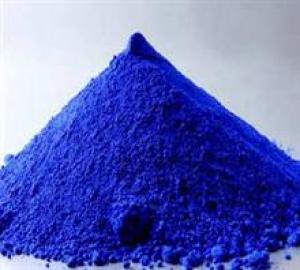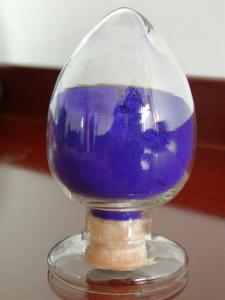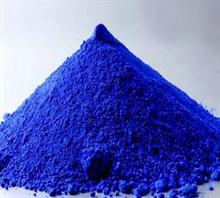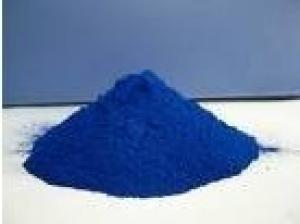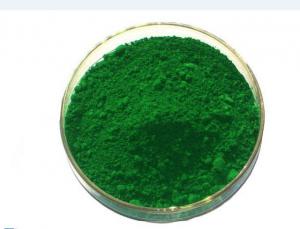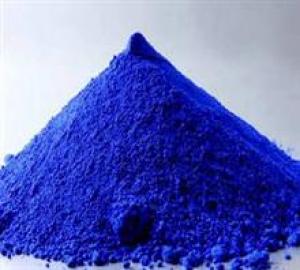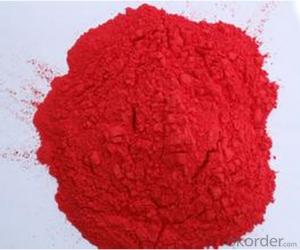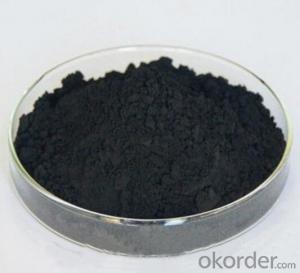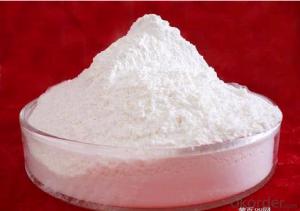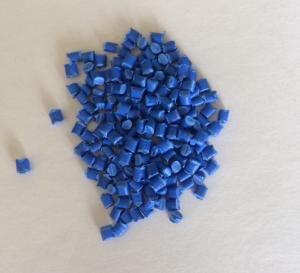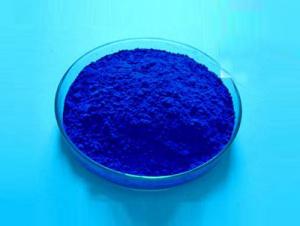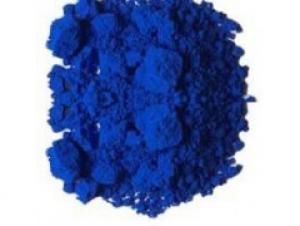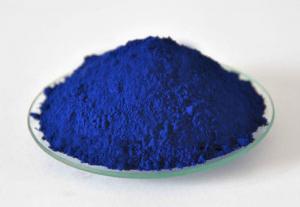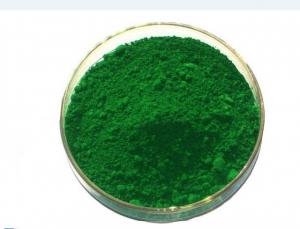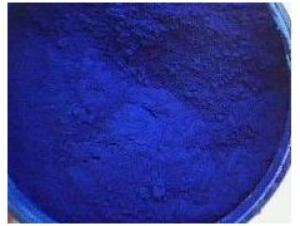Ultramarine Blue Color Blue 29:77007
- Loading Port:
- Shanghai Port
- Payment Terms:
- TT or LC
- Min Order Qty:
- 1 Metric Ton m.t.
- Supply Capability:
- 8000MT Per Year m.t./month
OKorder Service Pledge
OKorder Financial Service
You Might Also Like
Production Details Of Ultramarine Blue 462 :
Edition | 2012-07-29 | |
Product type | Blue Pigment | |
Product Form | Power | |
Chemotaxonomy | Na6Al4Si6S4O20 | |
Color Index | Color Blue 29:77007 | |
CAS No. | 57455-37-5 | |
Color Value&Tint Strength Refer Standard:DIN 55986 (1981) Use 1:2 Tio2 dilution and tinting strength parameter matching color value | ||
MIN | MAX | |
△L* | -0.7 | 0.7 |
△a* | -0.7 | 0.7 |
△b* | -0.7 | 0.7 |
△E*ab | 1.0 | |
Relative tinting strength [%] | 95 | 105 |
TDS Of Ultramarine Blue 462
MIN | MAX | TEST METHOD | |
Water solubles [%] | 1.5 | DIN EN ISO787 Part 3 (1995)
| |
Residue on sieve(0.045mm)[%] | 0.5 | DIN 53195 (1990) | |
PH Value | 7.5 | 10 | DIN EN ISO787 Part 9 (1995)
|
S [%] | 0.3 | DIN 55913 (1972) | |
105℃ volatile matter [%] | 1.0 | DIN ENISO 787 Part 2 (1995)
| |
Oil absorption [g/100g] | 25.0 | 45.0 | DIN EN ISO787 Part 5 (1995)
|
Packing of Ultramarine Blue :
25kg/ Kraft Bag , 20 MT/ 20 FCL or as your requirements .
Using Of Ultramarine Blue 462 :
whidely used in paint, ink, paper making, printing and dyeing textile, culture and education,
architecture, rubber, plastic, cosmetics, food and other industries and can be used as colorant,
brightener and color matching agent, etc.
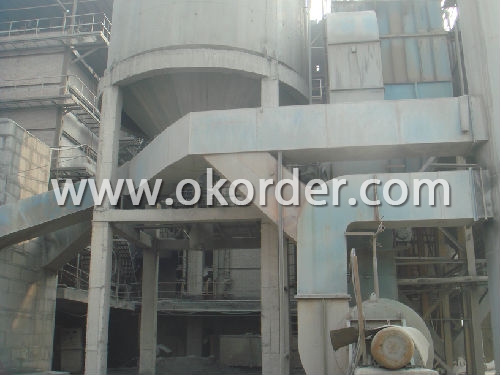
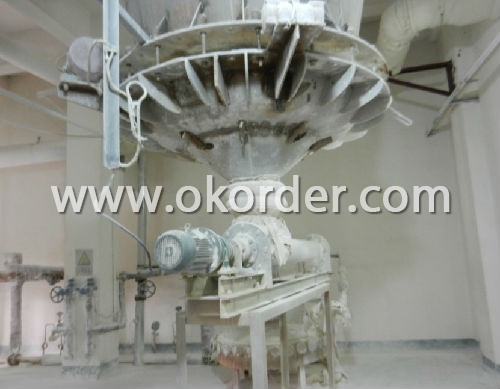
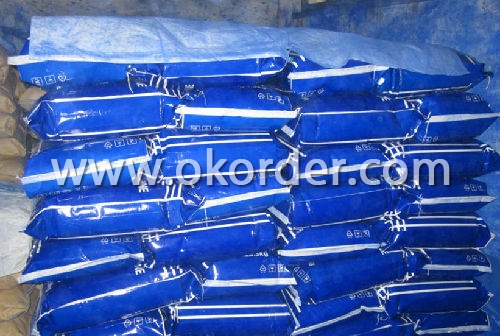
- Q: What are MAC eyeshadow pigments? Are they just like regular eyeshadow.. are they used the same way? Has anyone tried them and liked them?
- there just loose eyeshadows, yes they are like regular eyeshadow, i like them but they can be messy
- Q: Please and thank you, it doesn't say so on the website.
- Mac Pigment Ingredients
- Q: what are the accessory pigments in plant photosynthesis?
- Vle Havant
- Q: how are pigments classified?
- Plant pigments are classified like this.green colour pigment chlorophyll,yellow coloured pigments xanthophyll, orange red carotenoids and anthocyanines.OTHER than green are called carotenoids If green pigments are present in plastids they are called chloroplasts Y ellow pigemented plastids are called chromoplasts colourless plastids are called leucoplasts and they store starches and food materials.
- Q: I always hear about pigments from MAC and Loreal, etc. and I am confused about what exactly they are.So can someone please THOROUGHLY explain what they are and what they can be used for?
- Pigment okorder Pigments can be used for many different cosmetic purposes. eyeshadow blushes added to a clear gloss you make a brand new lip gloss added to clear nail polish base. a hilight color, added to body spray for shimmer added to gel for a tinted gel the list goes on and on. i hope this helps!
- Q: If you could explain it to me I would be very happy!
- Accessory pigments are light-absorbing compounds, found in photosynthetic organisms, that work in conjuction with chlorophyll a. They include other forms of this pigment, such as chlorophyll b in green algal and higher plant antennae, while other algae may contain chlorophyll c or d. In addition, there are many non-chlorophyll accessory pigments, such as carotenoids or phycobiliproteins which also absorb light and transfer that light energy to photosystem chlorophylls. Some of these accessory pigments, particularly the carotenoids, also serve to absorb and dissipate excess light energy, or work as antioxidants.
- Q: ive been watching a lot of makeup videos on youtube and a lot of the girls use mac pigments. what exactly are they and how are they different from regular eyeshadow? are they easier or more difficult to use?
- they are a loose powder like consistency, and they're just that.. they're super pigmented!!! ut i have about 26 pigments (: most are mac, some other brands.
- Q: what the book says is that they 'harvest additional wavelengths.' i don't know what this means to how its an advantage.. can somone explain?
- in leaves accesory pigments are important because chlorophyll the main plants pigment are easilly broken down by low temperature. if chlorophyll, the green pigmnet is broken down accesory pigments give the leaves its color, usually orange, yellow
- Q: thinking about the main role of pigments in photosynthesis...? explain how the pigments in colored objects suc?
- photosynthetic pigment or antenna pigment is a pigment that is present in chloroplasts or photosynthetic bacteria and captures the light energy necessary for photosynthesis. Green plants have five closely-related photosynthetic pigments (in order of increasing polarity): Carotene - an orange pigment Xanthophyll - a yellow pigment Chlorophyll a - a blue-green pigment Chlorophyll b - a yellow-green pigment Phaeophytin a[1] - a gray-brown pigment Phaeophytin b[1] - a yellow-brown pigment Chlorophyll a is the most common of the six, present in every plant that performs photosynthesis. The reason that there are so many pigments is that each absorbs light more efficiently in a different part of the spectrum. Chlorophyll a absorbs well at a wavelength of about 400-450 nm and at 650-700 nm; chlorophyll b at 450-500 nm and at 600-650 nm. Xanthophyll absorbs well at 400-530 nm. However, none of the pigments absorbs well in the green-yellow region, which is responsible for the abundant green we see in nature.
- Q: Why is it important for a plant to have more pigments than just chlorophyll?
- if the plant has more than one color of pigments, it can absorb more spectrums of the visible scale and create food longer, therefore surviving longer
1. Manufacturer Overview
| Location | Hunan, China |
| Year Established | 1998 |
| Annual Output Value | Above US$ 30 Million |
| Main Markets | 20.00% North America 15.00% South America 15.00% Eastern Europe 10.00% Southeast Asia 10.00% Northern Europe 10.00% South Asia 10.00% Western Europe 5.00% Africa 5.00% Mid East |
| Company Certifications | ISO9001:2000; |
2. Manufacturer Certificates
| a) Certification Name | |
| Range | |
| Reference | |
| Validity Period |
3. Manufacturer Capability
| a) Trade Capacity | |
| Nearest Port | Shanghai Port |
| Export Percentage | 41% - 50% |
| No.of Employees in Trade Department | 6-10 People |
| Language Spoken: | English; Chinese; |
| b) Factory Information | |
| Factory Size: | Above 10,000 square meters |
| No. of Production Lines | Above 10 |
| Contract Manufacturing | Design Service Offered; Buyer Label Offered |
| Product Price Range | High; Average |
Send your message to us
Ultramarine Blue Color Blue 29:77007
- Loading Port:
- Shanghai Port
- Payment Terms:
- TT or LC
- Min Order Qty:
- 1 Metric Ton m.t.
- Supply Capability:
- 8000MT Per Year m.t./month
OKorder Service Pledge
OKorder Financial Service
Similar products
Hot products
Hot Searches
Related keywords
